You’re excited about the possibilities of using MainStage live. You’re excited to get your very first Mac, or you’re looking to upgrade from your current computer. There are so many options nowadays. Do you need a laptop, or would a desktop be a better option? Continue reading for the answers.
Laptop
15″ MacBook Pro
The 15″ MacBook Pro is the ultimate all-in-one package for live musicians running MainStage. From an engineering perspective, everything about this machine is top of the line. There simply isn’t a better laptop for running MainStage than the 15″ MacBook Pro.
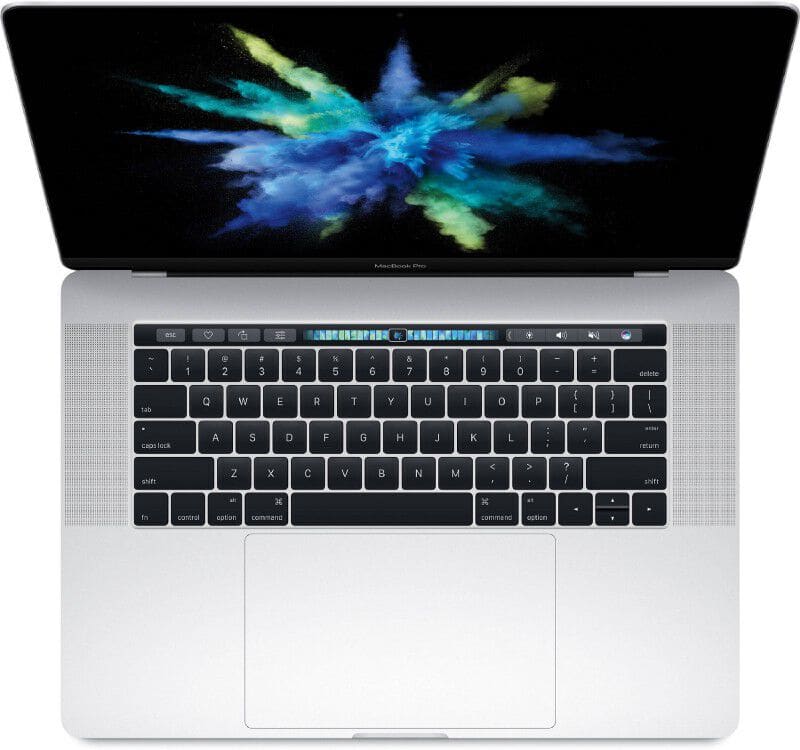
In terms of specifications, always prioritize RAM over storage space, and storage space over CPU clock speed.
- Always max our your RAM. In this case, 16GB is the maximum.
- The difference between a 2.6GHz and 2.9GHz processor is negligible.
- Upgrade to 1TB storage if you have lots of sample libraries, and don’t want to carry an external hard drive around.
- Don’t bother upgrading the video card unless you also do high end photo and video editing (Adobe Photoshop & Final Cut Pro X).
Lastly, the 2016 MacBook Pro has received a lot of price-related criticism. The lowest priced stock configuration starts at $2399 compared to the previous generation’s $1999 entry point. If the 15″ MacBook Pro is over your budget, do consider getting a 13″ model instead. You’ll lose the quad-core CPU, but gain a lot of the storage price for the same price or less.
13″ MacBook Pro
The 2016 13″ MacBook Pro is also a very capable machine. Before I purchased a 2016 15″ MacBook Pro, I was programming and performing on a 13″ MacBook Pro from 2013. Don’t let the compact form factor fool you! The only reason I upgraded to a 15″ model this time around is the decrease in size thanks to the shrunken bezel.
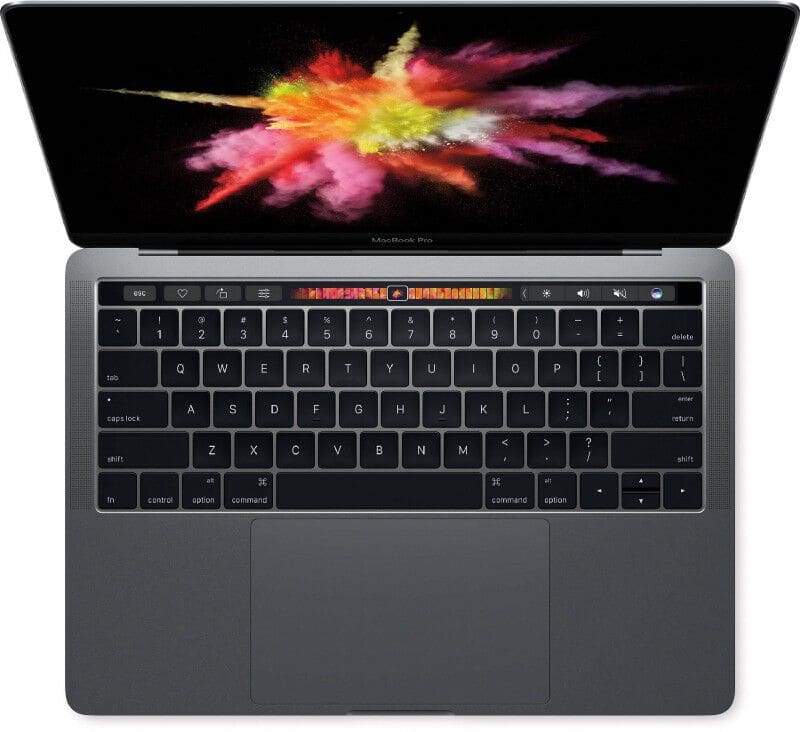
The latest 13″ model comes in two flavors — Touch Bar and no Touch Bar. I recommend skipping the no Touch Bar version because the CPU maxes out at 2.4GHz. Keep in mind quad-core processors aren’t an option on the 13″ MacBook Pros. Thus, a clock speed upgrade to 3.1GHz or 3.3GHz on the Touch Bar version isn’t a bad idea. As with the 15,” max out the RAM to 16GB and decide on storage based on your needs.
Desktop
If you’re putting together a keyboard rig for a long-term or sitdown gig, a desktop can be a more cost effective solution. Apple has three desktop computers — the iMac, Mac Pro, and Mac Mini.
iMac
In my opinion, the 21.5″ iMac w/4K Retina Display is the best computer for MainStage if you’re looking for a desktop solution. It’s configurable with quad-core i7 processors, high enough capacity SSD storage, and enough RAM. While the larger 27″ iMac supports up to 32GB RAM and 1TB of flash storage, try imagining such a large computer on stage — what an eyesore.
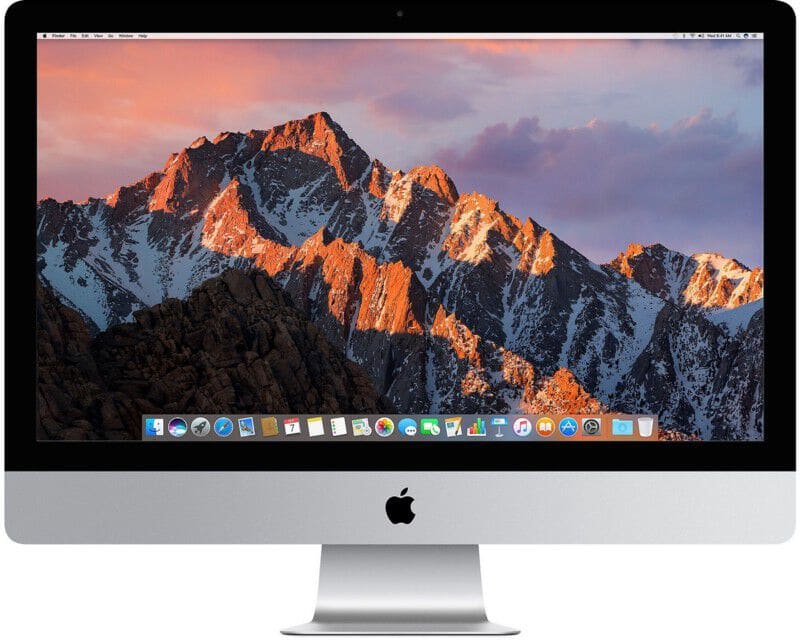
The 21.5″ iMac with a 3.3GHz quad-core i7 processor, 16GB RAM, and 512GB of flash storage comes out to $2299, which is significantly cheaper than a comparable MacBook Pro.
I’ve used the 21.5″ iMac in several shows on Broadway and Las Vegas, and it’s become my go-to option if redundancy isn’t a requirement.
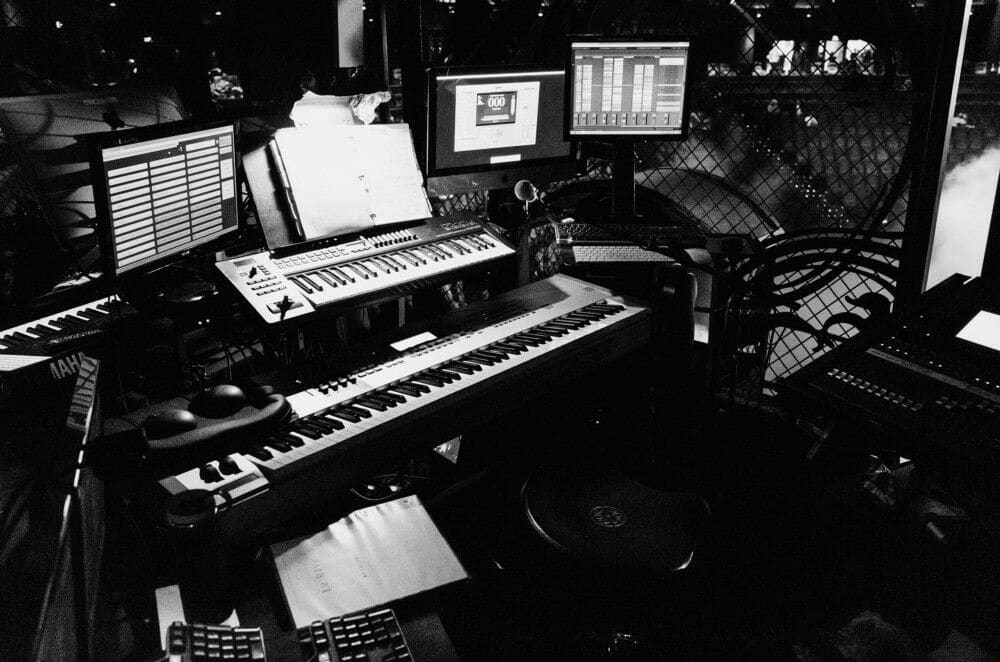
My current sitdown gig in Las Vegas. I use an iMac running Keyscape and Kontakt.
Mac Pro
The Mac Pro, in its current state, represents a terrible value for a MainStage computer. It hasn’t received a proper update in years, and contains useless components (dual video card) for musicians that drive up the cost of the machine. If you really need a CPU with more than four cores, you’re better off building a Hackintosh. Your wallet will thank you.
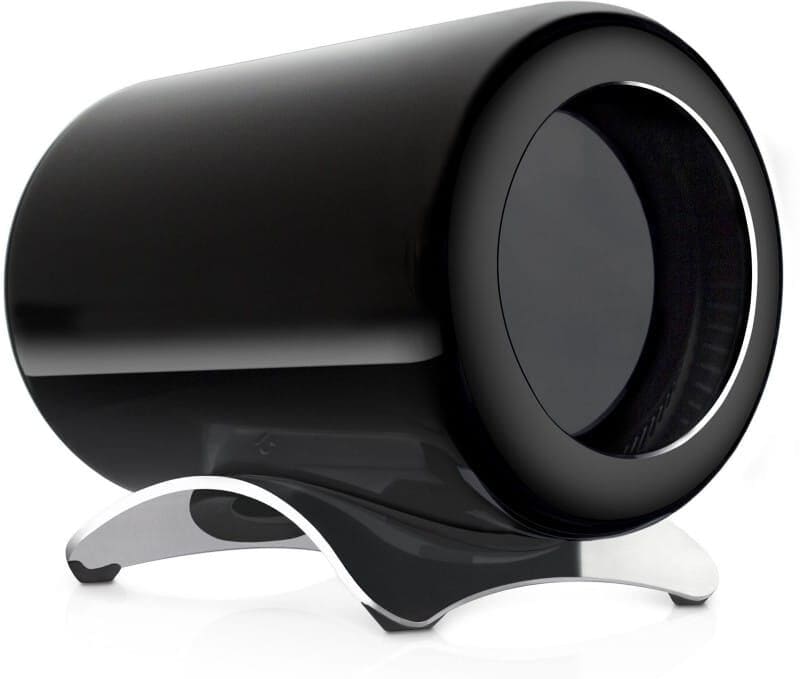
If you’re set on building a keyboard rig around the Mac Pro, there are a few associated costs to consider. First, you’ll need to purchase a monitor display. Next, you’ll need to get a keyboard and mouse — because Apple knows you can afford it after dropping $3000 on the computer. Lastly, you’ll probably want to figure out how to mount the Mac Pro in a rack. Sonnet makes a cool-looking 4U mounting kit.
Mac Mini
2012 was the golden age of the Mac Mini. In the good ol’ days, the Mini was configurable with a quad-core processor. This made it an extremely attractive option for redundant keyboard rigs — two decently powerful computers side by side in a 1U rack space.

Two Mac Minis in a 1U Rack Space
Unfortunately, Apple killed the quad-core option in the 2014 refresh. Thus, we’re left with dual-core Minis that are severely underpowered for today’s most demanding sample libraries and plugins.
Realistically, a dual-core Mac Mini is more than capable of running dozens of instances of MainStage’s stock plugins. With proper programming (aliasing, minimizing insert FX, using global reverbs and delays, etc.), the Mac Mini can even run a few third party plugins. For example, I’ve used Synthogy’s Ivory and IK Multimedia’s Amplitube on a dual-core Mac Mini.
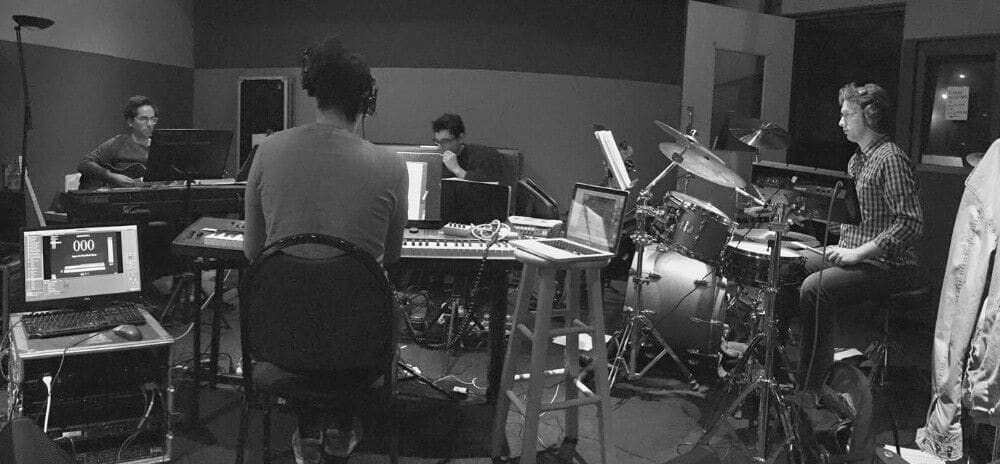
Rehearsal for a show in NYC. There are two Mac Minis in the rack on the left.
Building a redundant keyboard rig means you’ll need two computers, two audio interfaces, a KVM switch, and an audio switcher like the Radial SW8. These extra components essentially double the price of the rig, so a fairly cheap computer like the Mac Mini is an attractive option. If you’re not looking to build a redundant rig, there’s little reason to get a Mac Mini.
Conclusion
If you’re looking to build a serious keyboard rig running the latest third party instruments and plugins, get a 15″ MacBook Pro or 21.5″ iMac (w/quad core i7 processor). If you don’t foresee yourself using resource-intensive plugins, a 13″ MacBook Pro will work just fine. If you power requirements aren’t satisfied by Apple’s high end MacBook Pro and iMac offerings, look into building a souped up Hackintosh.